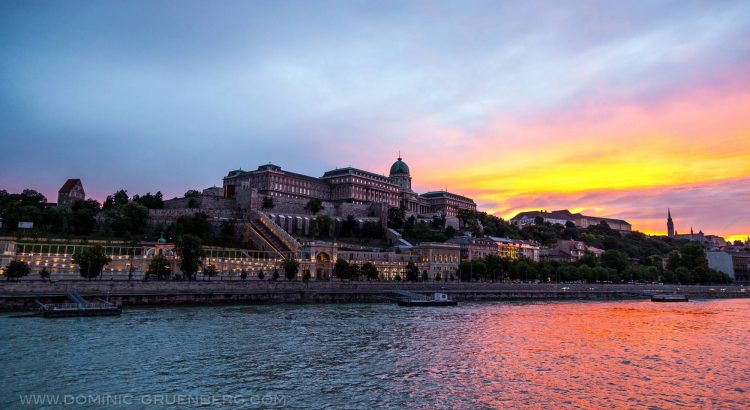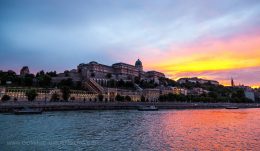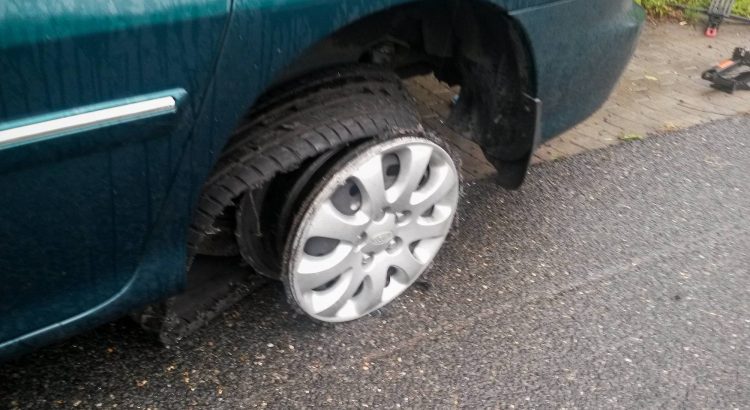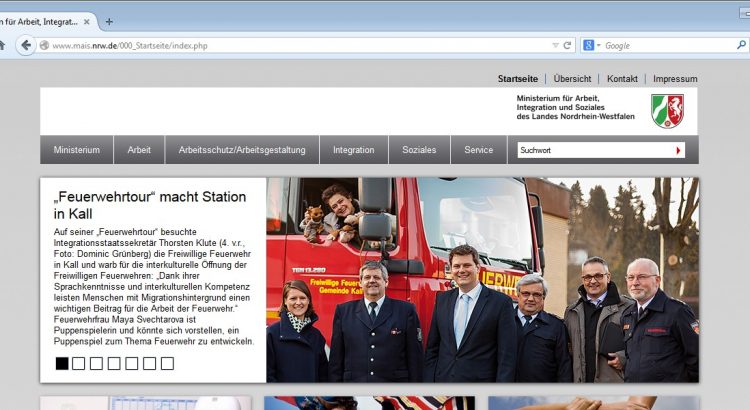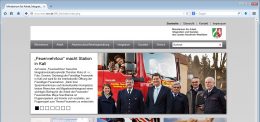Two weeks ago I drove from Cologne to Bremen with two colleagues. Every ten minutes we got into some seemingly causeless traffic jam, so that we needed a good 5 hours for the 3 1/2 hours distance. The way back on a Sunday should actually be easy to do. Nope! Five traffic jams later we thought that we had finally made it, until suddenly the next traffic jam came and everything stopped. Full closure. But at some point even that was lifted.
There’s one thought you should never think, “What could possibly go wrong now?” Many years ago during college we said this during a shoot after every glitch, and after almost everything went wrong – the generator went up in flames. So when the full lockdown was lifted, I dared to entertain this thought to some extent. About 80 km before Cologne it happens:
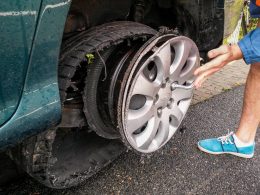 We drive in the left lane at between 140 and 150 km/h. All of a sudden there is a huge bang, the whole car is shaken and moves immediately to the left towards the barrier wall. I have both hands on the steering wheel and can react instantly and steer against it. I turn on the warning lights, quickly look around to see what the situation is behind me. The car wobbles, but I can get it into the middle lane. Ironically, I have to accelerate to keep the cars behind us from crashing into us, but they seem to recognize the situation. What could possibly go wrong now? There is no hard shoulder! I get the car into the right lane relatively stable. And then there is actually an emergency stop that seems to be within reach. By now I appreciate emergency stop bays. And what could possibly go wrong now? The brakes fail completely. We drive towards the emergency stop bay without functioning brakes. For a moment I think about using the barrier to stop the car. The hand brake then is the less violent option. We finally come to a stop.
We drive in the left lane at between 140 and 150 km/h. All of a sudden there is a huge bang, the whole car is shaken and moves immediately to the left towards the barrier wall. I have both hands on the steering wheel and can react instantly and steer against it. I turn on the warning lights, quickly look around to see what the situation is behind me. The car wobbles, but I can get it into the middle lane. Ironically, I have to accelerate to keep the cars behind us from crashing into us, but they seem to recognize the situation. What could possibly go wrong now? There is no hard shoulder! I get the car into the right lane relatively stable. And then there is actually an emergency stop that seems to be within reach. By now I appreciate emergency stop bays. And what could possibly go wrong now? The brakes fail completely. We drive towards the emergency stop bay without functioning brakes. For a moment I think about using the barrier to stop the car. The hand brake then is the less violent option. We finally come to a stop.
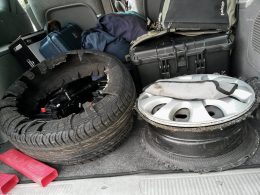 All three of us are still in shock and full of adrenaline and happy to be alive, because everything could have turned out quite differently in every step of this event. After the (of course) sudden torrential rain has subsided we have a look at the damage. The tyre has been completely shredded, but the body seems to have suffered only little damage. We drive the car back to the beginning of the bay and as far inside as possible and change the tire, which, how else could it be, is completely flat. The ADAC (German Automobile Club) helps us to get the tyre fit again and checks briefly if everything is okay on the outside. Back on the road we decide that 100 km/h is an insanely great cruising speed. Without any further incidents we all arrive home healthy and extremely alive.
All three of us are still in shock and full of adrenaline and happy to be alive, because everything could have turned out quite differently in every step of this event. After the (of course) sudden torrential rain has subsided we have a look at the damage. The tyre has been completely shredded, but the body seems to have suffered only little damage. We drive the car back to the beginning of the bay and as far inside as possible and change the tire, which, how else could it be, is completely flat. The ADAC (German Automobile Club) helps us to get the tyre fit again and checks briefly if everything is okay on the outside. Back on the road we decide that 100 km/h is an insanely great cruising speed. Without any further incidents we all arrive home healthy and extremely alive.
In retrospect, it is a small miracle that apart from a burst tyre and a bit of damage to the car, absolutely nothing else happened. And I will not think again: What could possibly go wrong now?

